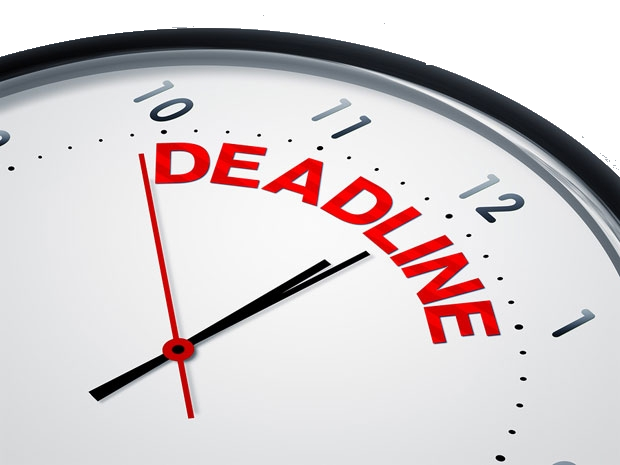The role of diversity, equity and inclusion in addressing human needs.
Evaluate the role of diversity, equity and inclusion in addressing human needs.
For this assignment, you will choose an era on the timeline below. Please keep in mind that this activity is a research-informed art project; thus, you will be creating a visual- and audio-based story about what was happening in the LGBTQ Rights movement within your era. Make a clear connection with the Course Outcome (HN530-4: Explore the uniqueness of the client based on demographic and cultural dimensions and characteristics) and at least one of the NOHS values within your presentation.
Sample Answer
I will choose the era of 1950s to 1960s for this assignment. This was a time of great social and political upheaval, and the LGBTQ Rights movement was one of the many movements that were fighting for equality and justice.
Here is a visual- and audio-based story about what was happening in the LGBTQ Rights movement during this era:
Visual: A montage of images of protests, marches, and other events from the LGBTQ Rights movement in the 1950s and 1960s. The images should be accompanied by audio of speeches, songs, and other sounds from the era.
Audio: A voiceover narration that provides context for the images and audio. The narration should discuss the challenges faced by LGBTQ people during this era, the progress that was made, and the legacy of the movement.

 Our orders are delivered strictly on time without delay
Our orders are delivered strictly on time without delay  Our orders are delivered strictly on time without delay
Our orders are delivered strictly on time without delay 


